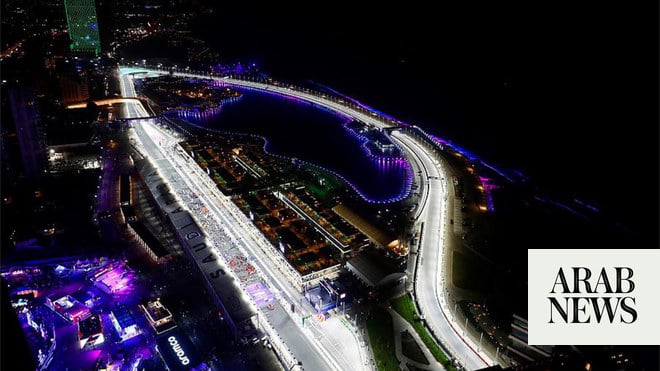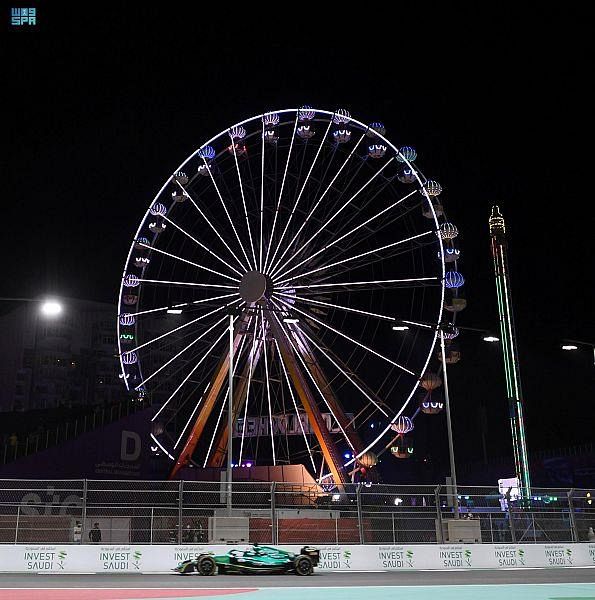
The Jeddah Corniche Circuit is considered to be the “holiest” race track in the history of the Formula One Grand Prix, an official said.
Hisham Atiyyah, project manager and an architect who worked on the Jeddah Corniche Circuit, told Saudi Gazette that the holiest race track of Formula 1 derives its name from three mosques, including the floating Al-Rahma Mosque in the Red Sea, adjacent to the circuit.
At the northern end of the circuit, the Al-Rahma Mosque, which sits on stilts and seems to float on the water, has become a famous landmark of the Formula 1 stc Saudi Arabian Grand Prix.
The Jeddah Corniche Circuit, the fastest street circuit in the calendar of Formula 1 featuring expanded race track and barriers, will give more visibility for motorsport fans during the weekend event.
Atiyyah explained the detailed changes to Jeddah"s street circuit ahead of this weekend"s Saudi Arabian Grand Prix.
F1 drivers were largely enthusiastic about the Kingdom"s new venue upon their first visit to the country last December.
The FIA"s detailed changes to the Jeddah Corniche Circuit include:
The left-hand side barriers in Turns 2 and 3 have been moved back to improve visibility from Turn 2 to Turn 4.
The barriers at the apex of Turn 14 and Turn 21 have been moved back 1.5m.
A smooth face has been added to the concrete barriers at the apex of Turns 4, 16, 22 and 24.
At Turn 27 the track has been widened to 12m.
The revisions to Jeddah"s track will lead to even quicker lap times for this year"s race, highlighting a driver"s judgment and precision around the 6.174km layout lined with concrete walls.
Regarding DRS, no changes have been made since last year"s first race, with drivers relying on their Drag Reduction System in the same three zones, namely on the exits of Turns 19, 25 and 27. — SG












